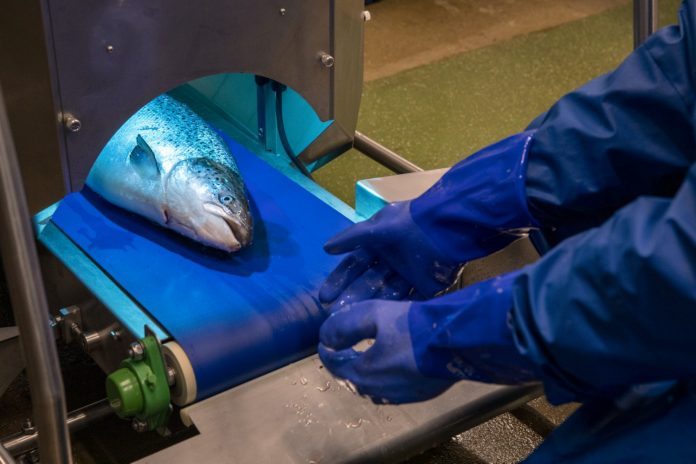Acknowledging that fish do feel pain, the Aquaculture Stewardship Council (ASC) is broadening its fish welfare standard to include guidance on stocking density, water quality, and slaughter methods.
“Fish are sentient beings and current aquaculture practices may impair welfare needs and thus need to be addressed. ASC is therefore committed to expand the current indicators on fish welfare and health in the ASC Farm Standard,” the organization told SalmonBusiness on Wednesday.
But the extended scope of the fish welfare standard may not have as much impact on the salmon industry because the industry is already in step with them, noted some stakeholders.
“Good addition by ASC, but most of the industry is already there on humane harvest and have been for a while. It will spur the rest to get on with it,” said an industry consultant.
Slaughter methods, handling
Under the organization’s updated standard, fish slaughter via mechanical or electrical stunning is considered best practice, and will make it compulsory. Asphyxia, CO2, salt baths, ammonia baths and evisceration are considered inhumane.
Another aspect it will address pertains to crowding and handling when taking the fish out of their normal rearing environment.
“Pre-slaughter handling must not lead to the death of fish as this defeats the intention of using responsible killing methods; only live fish stunned are eligible for ASC certification,” the draft standard states.
“This won’t make much of a difference in slaughter practices in the salmon industry,” said another industry source. “Percussive stunning has been the norm for years because other methods generally have significant quality impacts because they cause more stress on the fish.”
What may be challenging, he said, is how crowding and pre-slaughter handling will be assessed.
“If the standard stipulates things like duration of crowding, methods etc, it can probably work but it would be tough to try and audit to the standard and have comfort that targets are met every day. While all farmers aim for low-stress during crowding, results can really vary from day-to-day. Weather, tides, water-temps, oxygen levels, time of day – all of these things can impact how well or poorly a group of fish can respond to crowding,” he said.
What’s next?
ASC has recently completed the first public consultation on the new requirements on fish welfare. Another public consultation is underway until October 31, 2022.

